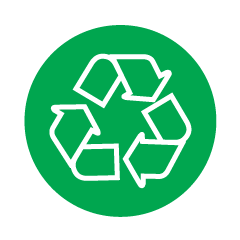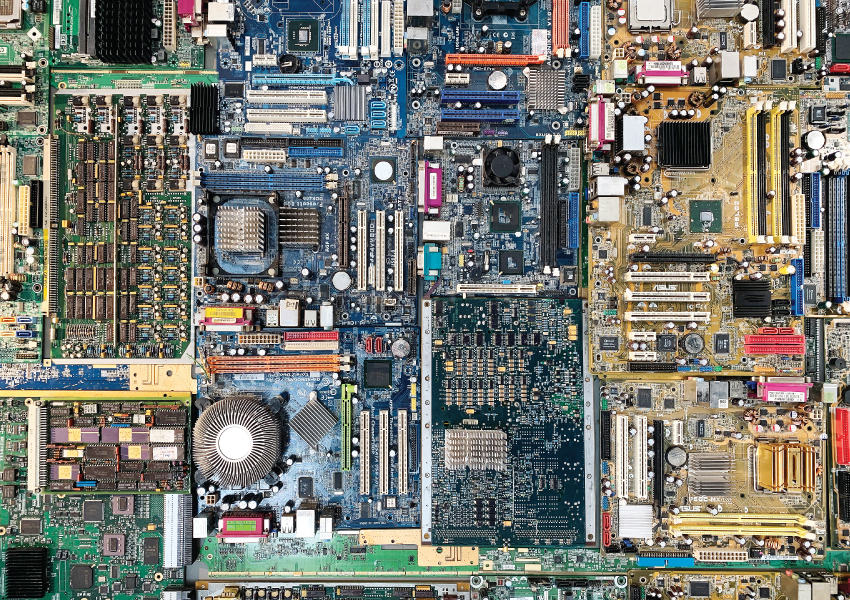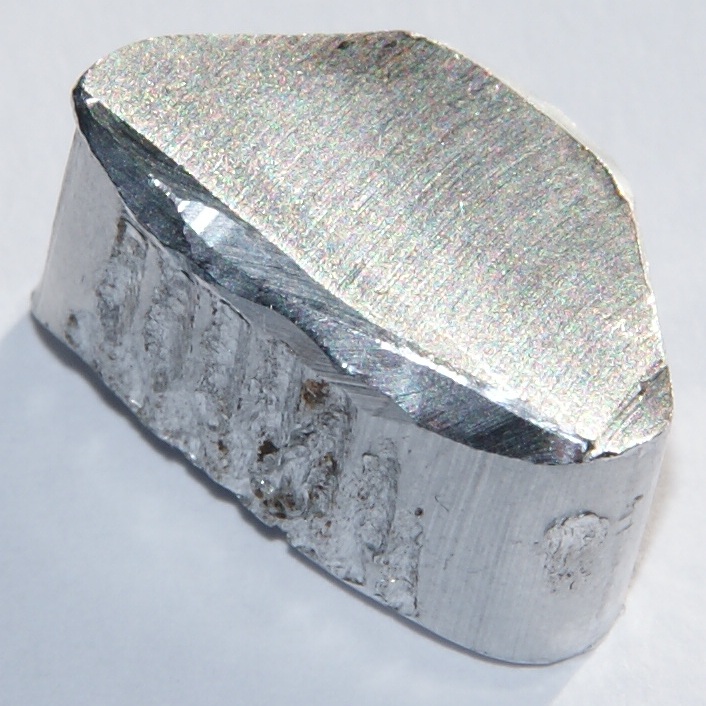Technology
In partnership with industry, academia, trade organizations, and national labs, REMADE invests in and conducts research and development – including advanced design, manufacturing materials optimization, remanufacturing and materials recovery – to develop technologies that increase the supply of critical and key materials, enhance U.S. manufacturing competitiveness, strengthen domestic supply chain resilience, expand the American workforce, and grow the U.S. economy.
Our Focus
Nodes
Our five key areas of concentration, or nodes, cover the material life cycle: Systems Analysis & Integration; Design for Re-X; Manufacturing Materials Optimization; Remanufacturing and End-of-Life (EOL) Reuse; and Recycling & Recovery
MAterials
REMADE’s technological innovation is focused on four energy-intensive material classes: metals, including steel and aluminum; polymers, including plastics; fibers, including papers and textiles; and electronic scrap (e-scrap), formerly referred to as e-waste.
Our Focus
MAterials
REMADE’s work to accelerate the Circular Economy through technological innovation is focused on four energy-intensive material classes: metals, including steel and aluminum; polymers, including plastics; fibers, including papers and textiles; and electronic scrap (e-scrap), formerly referred to as e-waste.
Nodes
Our five key areas of concentration, or nodes, cover the material life cycle: Systems Analysis & Integration; Design for Re-X; Manufacturing Materials Optimization; Remanufacturing and End-of-Life (EOL) Reuse; and Recycling & Recovery
Material Classes
These four energy-intensive classes represent the greatest areas of opportunity to impact our technical performance metrics from a material perspective. From an investment point of view, we get the best chance of making the most impact by concentrating our efforts on these groups of materials.
Hover over tiles
to learn More
Nodes
Our technological solutions are grounded in our five key areas of concentration (Nodes). This Node framework allows the Institute to address the cross-cutting challenges that occur at each stage of the material lifecycle.

Systems Analysis & Integration
Data collection, standardization,
metrics, and tools for understanding material flow

Design for Re-X
Design tools to improve material utilization and reuse at End-of-Life (EOL)

Manufacturing Materials Optimization
Technologies to reduce in-process losses, reuse scrap materials, and utilize secondary feedstocks in manufacturing

remanufacturing & eol reuse
Efficient and cost effective technologies for cleaning, component restoration, condition assessment, and reverse logistics

recycling & recovery
Rapid gathering, identification, sorting, separation, contaminant removal, reprocessing and disposal








